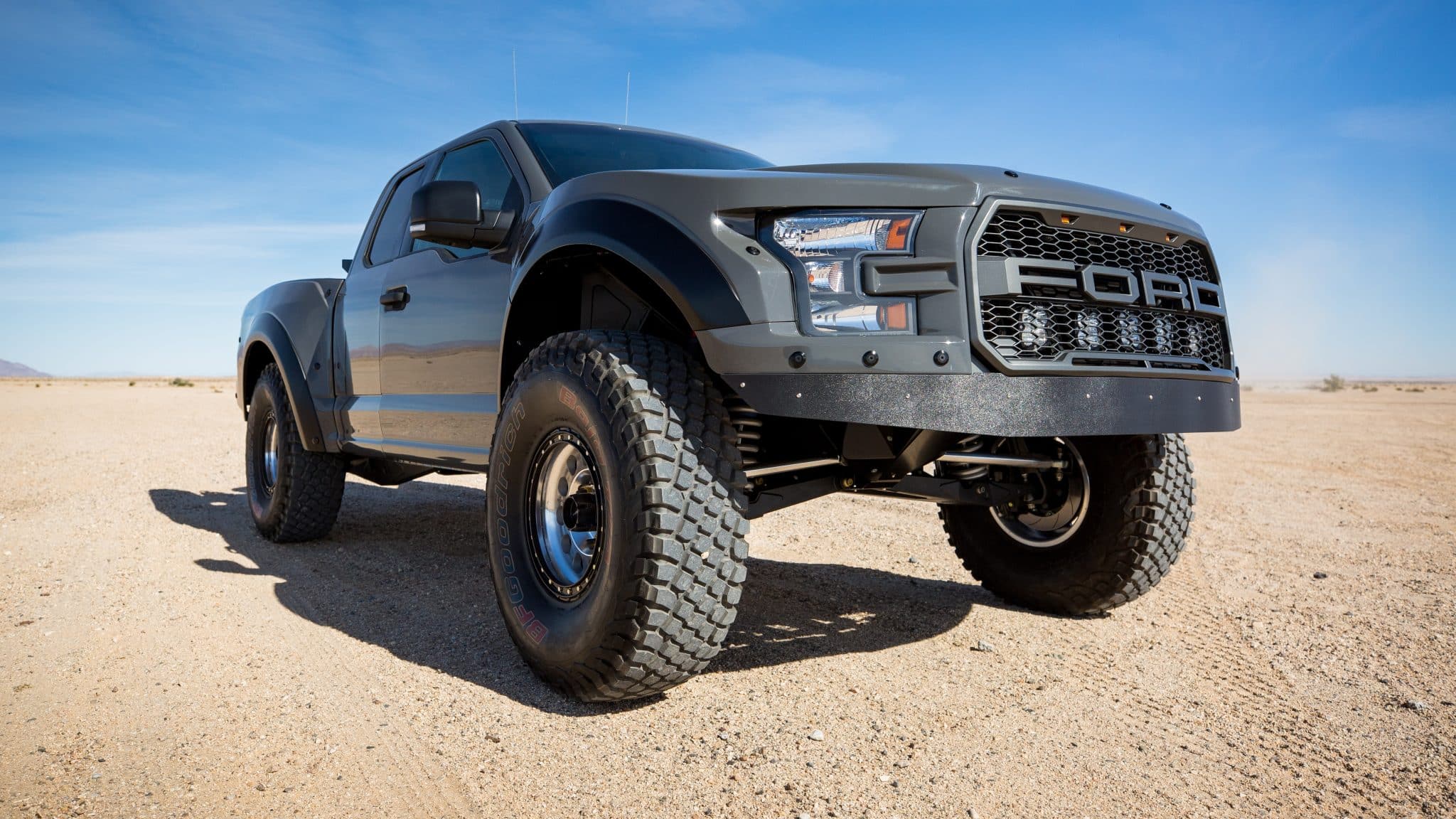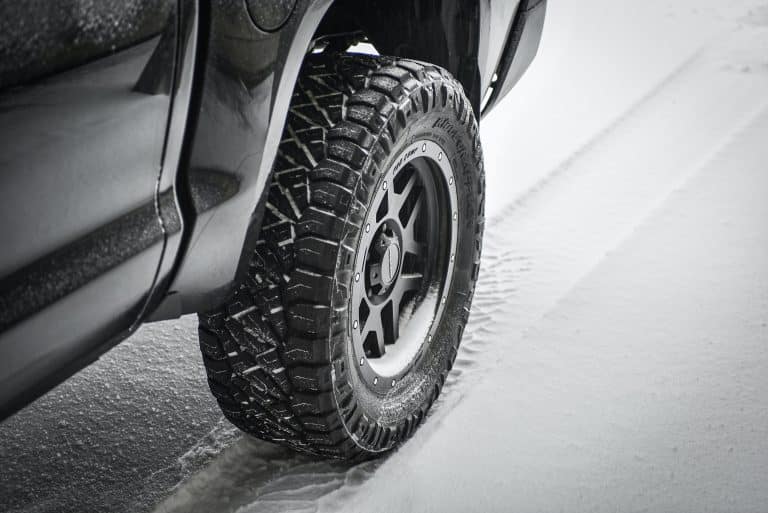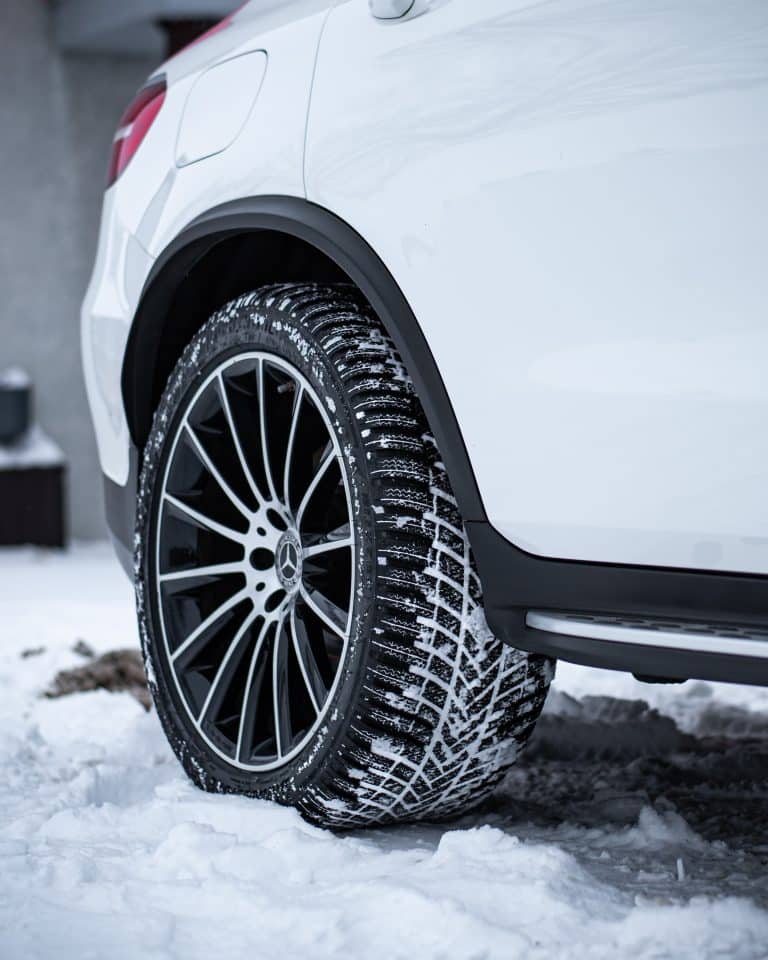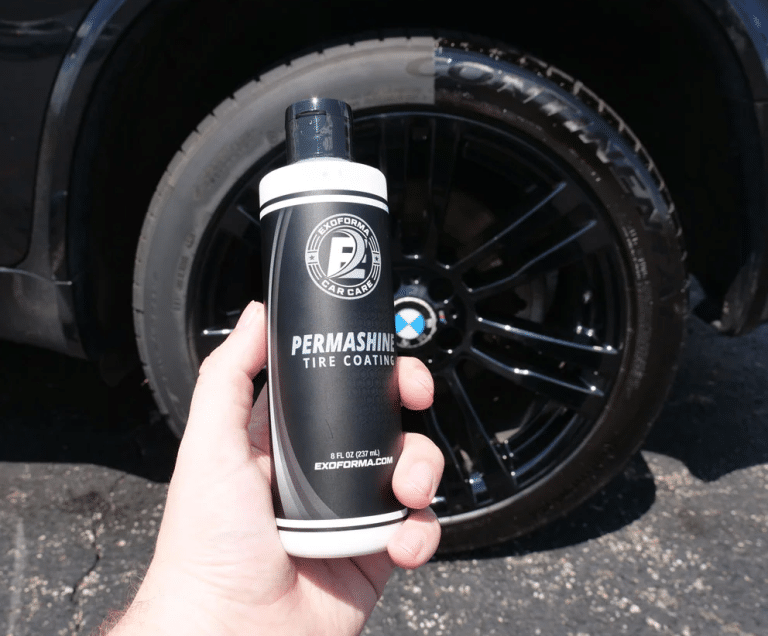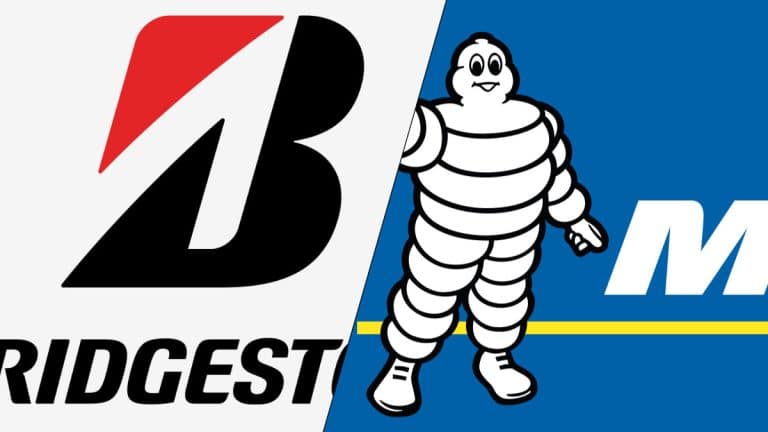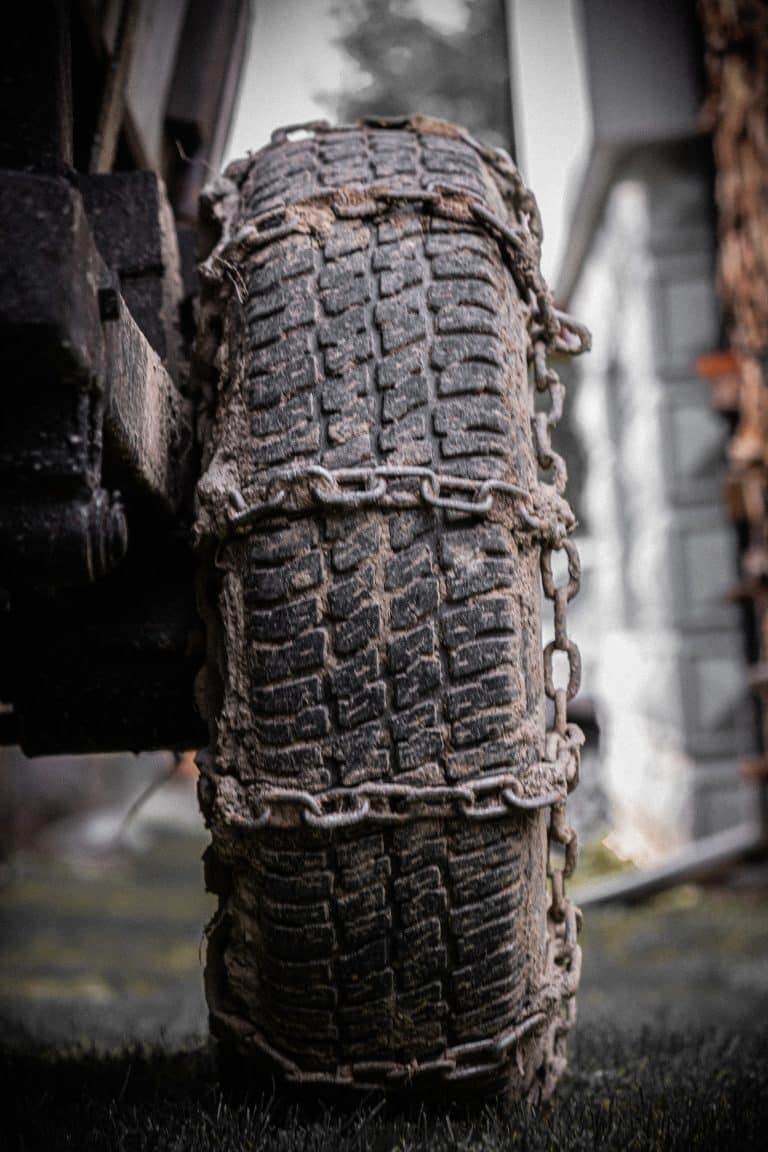What Makes Good Light Truck Tires?
In the early days of the automotive industry, the available options were very limited. The cars were more or less chariots with an engine, so the option for tires was aimed to cover those needs. As the industry progressed, so did the tire options.
Today’s car market is “flooded” with dozens of different vehicle types. They range from small scooter-car things like the Renault Twizy to massive trucks that are the size of a house. Naturally, the difference in vehicle type, means that there must be a difference in the tires.
Among the many vehicle types on the market, light trucks seem to be a very popular choice. They offer excellent flexibility, comfort, and potential off-road performance, which is why they are an attractive option for many people.
With that said, light trucks require different types of tires, unlike the ones you’d find on a hatchback, which is what I’ll be talking about today. In this guide, I’ll define the type, how they differ, and most importantly, what makes good light truck tires.
What are light truck tires?
If you’ve read my guide on P vs LT tires you may remember the definition, but I’ll go over it again. Light truck tires are referred to as LT-metric, where the LT stands for “Light Truck”. There are several differences between these and the P-metric tires, the ones made for regular passenger cars like hatchbacks or sedans.
The idea behind LT tires is their ability to withstand heavier loads. Sure, there are P-metric tires that can handle a lot, but with the light truck tires, you have a lot more headroom. It’s important to note that with these tires, you aren’t looking at the weight of the vehicle, as you also can haul cargo.
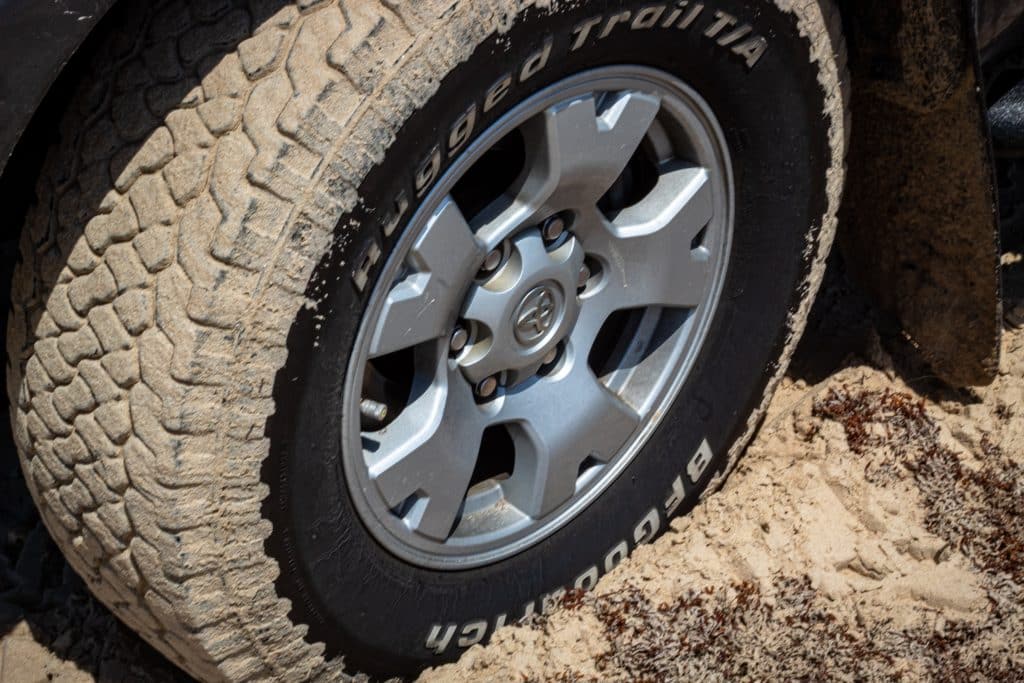
Despite the name, there is a slight confusion about the application. LT tires aren’t intended for light trucks only. There are some SUV applications where you could benefit from LT tires.
As far as the models are concerned, light truck tires aren’t bespoke tires. Manufacturers take the regular P-metric models and design them to be LT ones. It’s not as simple as it seems, but we’ve seen plenty of tires that come in both types.
Also, whenever we look at LT tires, it’s important to note that there is a difference between them, depending on the application. Some are made to be used on paved roads, while others can handle off-roading as well.
What makes good light truck tires?
There are several differences between the regular tires we usually get and the LT ones. Let’s look at each one which should give you an idea of what makes them good for those specifications.
The main thing that differentiates LT-metric tires from the rest is the internal construction. Even though P-metric tires do an excellent job at supporting the weight they’re rated for, with the light truck ones, you have more.
Manufacturers reinforce the sidewall which is the part of the tire that carries the weight. By doing so, they ensure that the tires will handle the weight of the light truck and the maximum cargo it can carry. This is why it’s important to always get tires based on the specifications from the manufacturer.
This rule applies regardless if you’re looking at highway, all-terrain, or mud-terrain tires. Most of them have P and LT-metric models whereas the second ones will be able to carry heavier loads.
Apart from the internal construction, LT-Metric tires differ from the P-metric ones in terms of the rubber compound. In many cases, it’s a similar mixture, but the volume is different. LT-metric tires have thicker rubber over the internal construction. The main reason for this is that the internal construction will handle the load, but the thicker rubber will help keep the tire together.
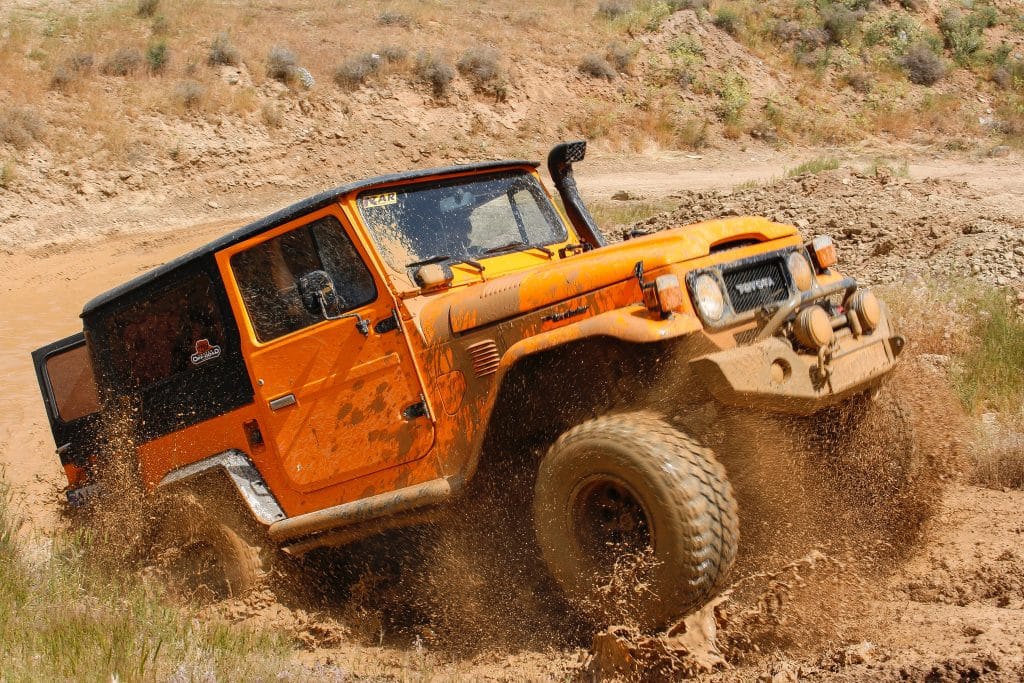
In the off-road application, the way light truck tires are made gives them an advantage over the P-metric ones. Some models have off-road capable tires but without the LT rating. They are fine, but we don’t really see a massive advantages of this. With LT tires, the internal construction and thicker rubber offer some advantages.
For extreme off-roading scenarios like rock-crawling or sand, tire deflation is a key aspect to get better performance. LT tires with their reinforced internal construction can handle reduced pressure and will survive with no issues. As for the compound, with most models, you’ll get a cut and chip resistance rubber, which is nice. With that said, having a thicker coating means that the tire can take a lot more beating before it gives up.
Can you fit a P-metric tire to a light truck?
Many people think that once you find the correct dimension, you can fit any tire to any vehicle. That is true technically, but it’s also a bad idea. I wrote a guide about how to choose the tires based on their specification, so it should give you an idea of what I’m talking about.
There are some examples of identical-sized models that can be P or LT-metric, which is why people think it’s doable. You can, but you shouldn’t. Considering that light truck tires can handle a lot more load than P-metric ones, you will be risking a blowout, especially if you need to carry some cargo.
You could find a P-metric tire that has a load index needed for your vehicle and you’d think you’ll be fine. That may be so, but the moment you decide to put something heavy in the car, you’ll be overloading the tire.
Are there any disadvantages of light truck tires?
You’re reading all the advantages of light truck tires, so you’re thinking that maybe your Corolla could benefit from them. As good as that seems, LT tires aren’t perfect, and they have a few drawbacks.
Having a reinforced internal construction and a thicker rubber over it adds weight to a tire. Heavier tires aren’t known for being the most nimble option, so you won’t be getting any kind of sporty feel to it. Also, a heavier tire means that the engine will need to work a bit more, meaning that you won’t be getting an improved MPG.
Another disadvantage of the construction is the comfort level. The reinforced construction also means that the tire won’t have a flexible sidewall, so the bump-absorption capabilities won’t be as good. This is why we often say that the all-terrain and mud-terrain tires aren’t known for their comfort.
Conclusion
Tire manufacturers spend a lot of time developing and tweaking their tires to provide the best performance and longevity for all vehicle types. Light truck tires are a good example, which some people tend to ignore.
LT-metric tires differ from P-metric ones in multiple aspects. Each one offers plenty of advantages, but they aren’t perfect as there are some disadvantages as well.
At the end of the day, each aspect is a crucial one that makes a good light truck tire. Take away at least one, and you’re left with an underperformer.
